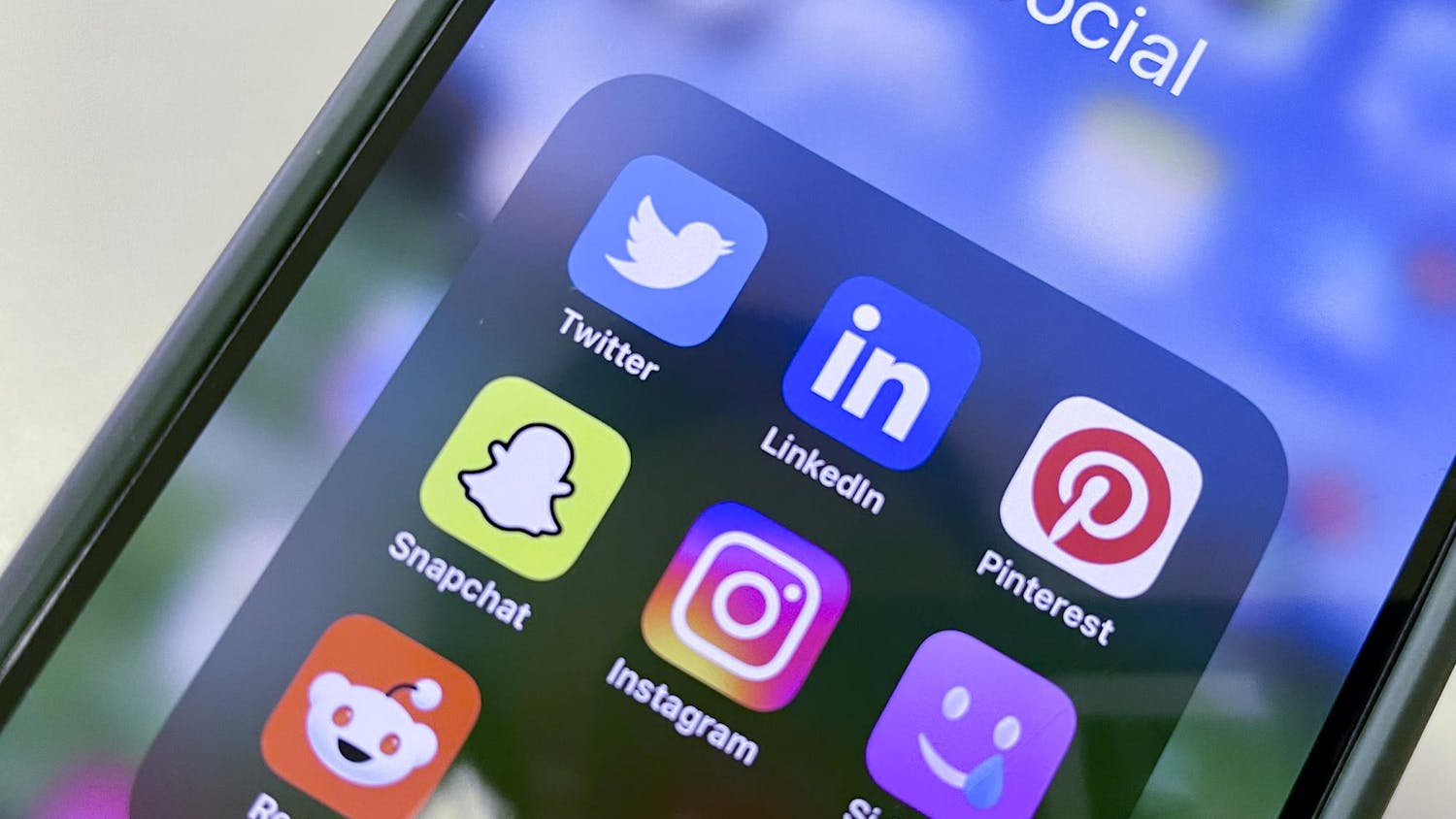Each year, millions of people die of curable diseases due to limited access to proper medical care and complications related to global poverty. Currently, one of these diseases is becoming an increasing threat to the livelihoods of vulnerable populations around the world, and it will continue to devastate these communities until the United States and other high income countries use their power and resources to make treatment available worldwide. This year tuberculosis (TB) surpassed HIV/AIDS as the leading infectious disease killer.While treatment and vaccination for TB has existed for over 50 years, almost 1.5 million people succumb to the disease annually, with 95 percent of these deaths occurring in resource-poor countries. The fact that a treatable disease has a destructive impact in low-income environments reflects existing health inequities that will continue to unfairly impact these communities until treatment is made accessible to all. By pressuring the American government to allocate funding toward TB treatment and supporting the efforts of non-governmental organizations, we can achieve zero infection rates, zero deaths and zero suffering from TB worldwide.
TB is an airborne, bacterial disease that is often lethal in poverty-stricken communities. Due to the nature of transmission and minimal access to preventative care, TB is common in low-income environments that have high rates of malnutrition and HIV/AIDS and are plagued by crowded living conditions.TB medication is only effective if a patient takes multiple antibiotics for at least six months, a requirement that is difficult to reach in communities that are deficient in money and resources. When patients are unable to adhere to a treatment regimen, the disease turns into multidrug-resistant tuberculosis (MDR-TB), which is resistant to antibiotics. MDR-TB is not only more lethal, but significantly more expensive to treat.Treatment for TB costs about $2,000 per patient, but it increases to more than $250,000 for patients with MDR-TB. These costs are a huge burden on patients and their families, sometimes restricting their access to necessary and consistent treatment or forcing them to sacrifice basic needs in order to afford medication. No one should have to choose between paying for life-saving treatment or paying for food and shelter, which is why TB should be a priority for government organizations.
MDR-TB is a ticking time bomb, and if the United States does not recognize it as a significant health threat immediately, it will cost both American and foreign governments significantly more money to contain the disease in the future. In developing countries, finding affordable treatment for MDR-TB is almost impossible, which is why it is crucial that citizens across the country pressure the U.S. government to allocate more federal funding toward global health and TB. The United States currently allocates $1.35 billion to the Global Fund to Fight AIDS, TB and malaria, however, less than $5 billion of the Global Fund was allocated to TB in 2015 compared to the $15 billion and $7.89 billion that were reserved for HIV/AIDS and malaria respectively. While money should not be diverted from these causes, the U.S. government should elevate TB as a priority. If the United States maintains their current commitment to the Global Fund and apportions more of its funding to TB, it can save over 15 million lives by 2020.
While there are valid arguments that the United States should spend more money on domestic health programs, it is important to note that we are arguing for the restoration and reallocation of global health funding, not the diversion of funding from other programs. Additionally, as students of the Western world it is imperative that we push the U.S. government to recognize its role in the history of colonization and imperialism that caused and contributed to the poverty rates, lack of resources and weak health systems in the countries that are most affected by TB. Because of this history, the United States has a responsibility to share its considerable resources with the countries that are most affected by the spread of preventable infectious diseases.
With an issue as large-scale as global health equity, it is common for young adults to remain complacent and to believe that they have little to no influence in world affairs. However, as constituents, we have the power to pressure our elected officials to support the United States’ current monetary commitment to the Global Fund and to allocate resources to reduce TB mortality. Additionally, as college students we have access to a network of thousands of people that can increase awareness about TB and translate that knowledge into action. This is why global health organizations like Partners in Health (PIH) need the help of students like us to combat the devastating disease.
PIH is a Boston-based, non-profit organization that works in countries around the globe to make health a human right. PIH Engage is the grassroots network of the organization, which allows high school students, college students and young professionals to be a part of an international movement for global health equity.The Engage chapters support the work of PIH by educating people about global health issues, fundraising for their various work sites and projects and advocating for policies that promote health as a human right. This month, PIH Engage was able to raise more than $100,000 in just 10 days to eliminate TB from Caraballyo, Peruand will continue to work until TB is eradicated not just in Caraballyo, but around the world. The success of PIH Engage and other grassroots organizations proves that we have the ability to incite changes in our federal government. We should build on the work of this campaign and the global movement for the right to health to ensure that there are zero deaths, zero infections and zero suffering from TB in the future.
More from The Tufts Daily





